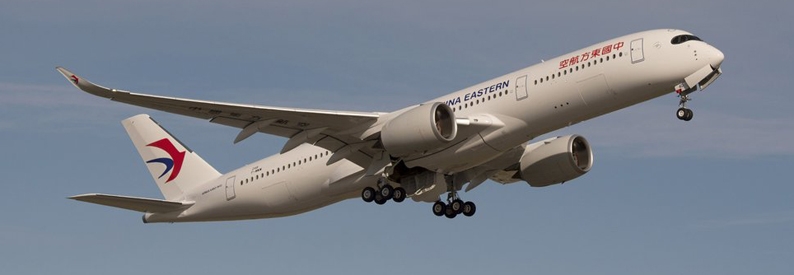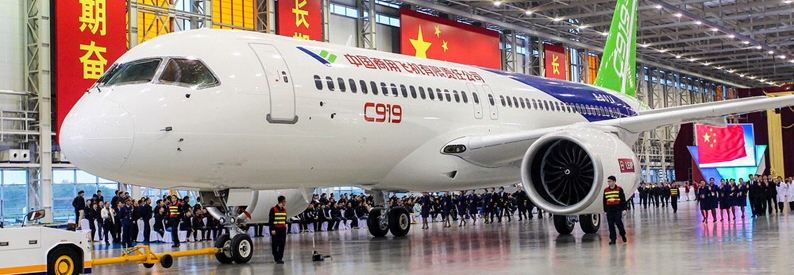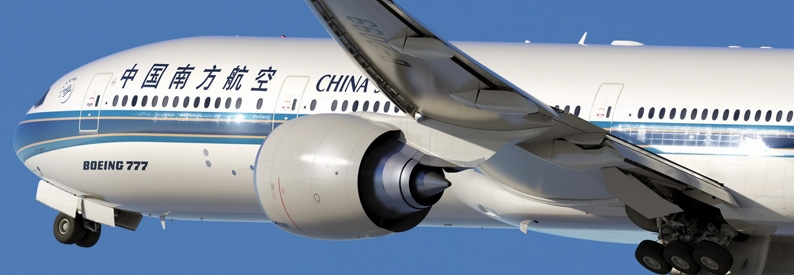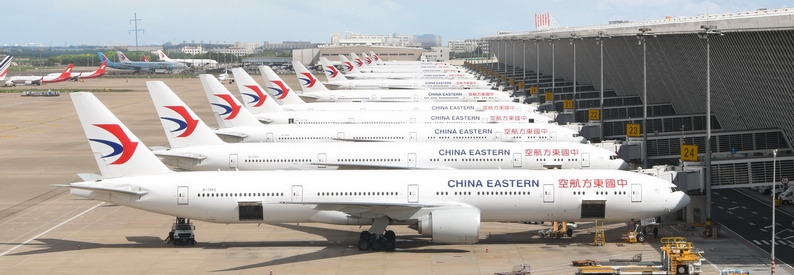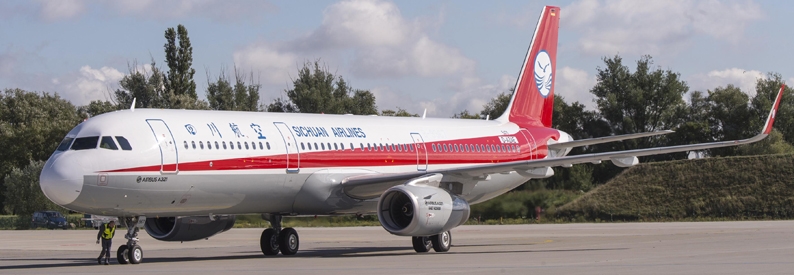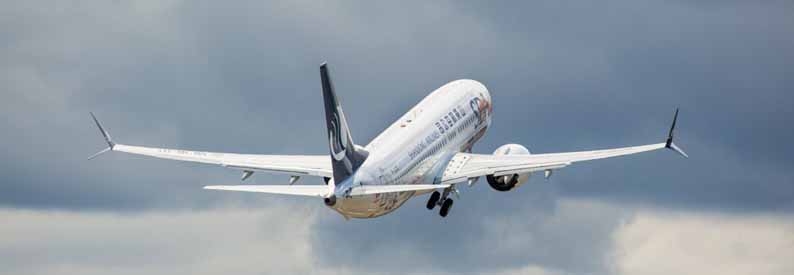The Chinese government has imposed its most extensive lockdown yet, closing down most business activities in the 26-million Shanghai agglomeration due to an explosion in COVID-19 cases. While both Shanghai Pudong and Shanghai Hongqiao remain open, traffic has dwindled to a trickle.
The South China Morning Post reported that on March 29, Pudong served less than 5% of its pre-March number of daily flights. Under the authorities' "rolling lockdown" policy, the whole district of Pudong was the first to close for mass testing until April 1. Afterwards, the lockdown will move to the district of Puxi.
According to Flightradar24 ADS-B data, as of March 30, 2022, there are 259 aircraft parked at Shanghai Pudong and a further 128 at Hongqiao, although the numbers are also affected by the grounding of all B737-800s operated by China Eastern Airlines (MU, Shanghai Hongqiao) and its subsidiaries in the wake of the recent crash.
The lockdown threatens to completely choke cargo operations at Shanghai, the mainland's biggest freight hub. Even though air freight operations are still permitted, operators have struggled with long delays due to staff shortages. There is also a concern about supply chain integration as road trucks may soon be unable to enter the airport for un/reloading.
The Loadstar reported that Cargolux, Qatar Airways, Singapore Airlines, and Turkish Airlines have all cancelled their cargo flights to Shanghai for the duration of the lockdown.
The escalation in COVID occurrences in Shanghai to over 20,000 cases reported since March 1 poses the greatest challenge to China's zero-COVID strategy yet. Having suppressed the initial outbreak in Wuhan in mid-March 2020, China recorded single- to double-digit new cases per day countrywide until the current wave began in mid-February 2022.
In another part of the country, Jilin entered into a three-day lockdown on March 28. Shenzhen has just emerged from a seven-day closure.

